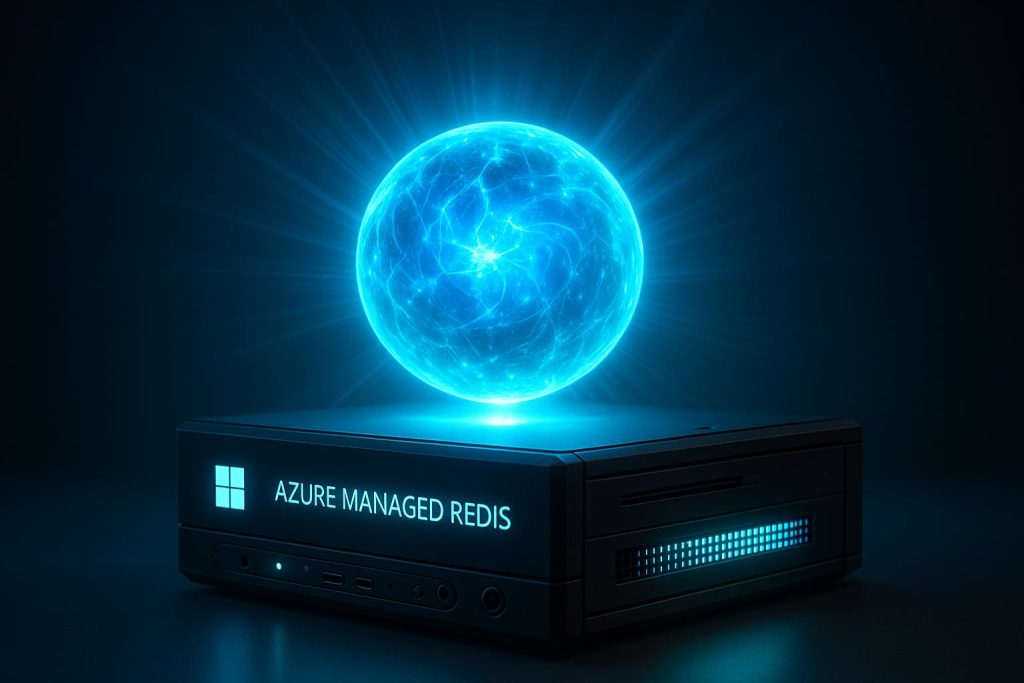Listen to the article
Redis and Microsoft unveil a new integration of Azure Managed Redis within the Microsoft Agent Framework, delivering a high-performance, secure memory platform designed to advance complex AI agents with faster, reliable, and compliant data management capabilities.
Redis has announced a significant enhancement in its collaboration with Microsoft with the integration of Azure Managed Redis into the Microsoft Agent Framework, aimed at providing a robust memory infrastructure tailored for enterprise AI agents and applications. This development positions Azure Managed Redis as a native, enterprise-grade memory layer within Azure, designed to deliver the speed, reliability, and compliance essential for building sophisticated AI systems.
AI agents have rapidly evolved beyond basic chatbots into complex, context-aware entities capable of reasoning, orchestrating tasks, and adapting dynamically. Central to this evolution is the ability to efficiently manage memory and context. Redis and Microsoft have jointly developed Azure Managed Redis to offer developers a unified memory platform, eliminating the fragmentation caused by the need for multiple vector databases or memory services. The platform leverages core Redis Enterprise functionalities such as the Redis Query Engine, JSON support, replication, and low-latency responses, integrated seamlessly into Azure’s ecosystem.
A critical challenge for AI agents is balancing the amount of contextual data they retain; insufficient data hampers decision-making while excessive data risks overwhelming context windows, resulting in hallucinations and increased operating costs. Azure Managed Redis addresses this by enabling agents to maintain comprehensive and persistent context from every user interaction. This capability fosters highly personalised, reliable experiences imperative for the next generation of agentic web applications. Among the key features supporting this are built-in active-active geo-replication, high availability, and durable storage, enabling scalable global operations without losing session continuity.
Security and compliance are paramount for enterprises deploying AI solutions. Azure Managed Redis, as a first-party Azure service, offers tight integration with Microsoft Entra ID, Transport Layer Security (TLS), Private Endpoints, and role-based access control, aligning with stringent enterprise governance standards. Furthermore, the platform is optimised for AI workloads, boasting sub-millisecond latency that facilitates real-time, fluid interactions with AI agents, enhancing the naturalness of user experiences.
Rowan Trollope, CEO of Redis, emphasised the limitations traditional memory infrastructures impose on AI agents’ capabilities, stating, “Making intelligent, reliable agents that are ready for production requires a memory layer that delivers the perfect amount of context, right when it’s needed.” He highlighted that Azure Managed Redis delivers the required speed, scalability, and reliability to meet the demands of next-generation enterprise AI.
Azure Managed Redis is built on Redis 7.4 with plans to support Redis 8.0, incorporating advanced data structures like JSON, vector, time series, and probabilistic types, alongside innovations such as vector search and secondary indexing. This broad functionality enables a variety of AI and real-time workload use cases. The service also benefits from flexible deployment options, high availability—up to 99.999 percent—and global reach across more than 50 Azure regions.
Designed with developers in mind, Azure Managed Redis integrates smoothly with Azure services, supporting secure, password-less access via Microsoft Entra ID and offering client libraries across multiple programming languages. This facilitates rapid development and deployment of intelligent applications with low-latency data access.
In essence, the Azure Managed Redis and Microsoft Agent Framework integration equips enterprises with a production-ready, high-performance memory layer that supports the scaling and sophistication required by contemporary AI agents. It reflects a strategic move to address the increasing complexity in AI interactions, providing developers and businesses with tools to build more personalised, responsive, and secure AI-driven solutions.
📌 Reference Map:
- Paragraph 1 – [1], [5]
- Paragraph 2 – [1], [6]
- Paragraph 3 – [1], [5]
- Paragraph 4 – [1], [2], [4]
- Paragraph 5 – [1], [5]
- Paragraph 6 – [6], [7]
- Paragraph 7 – [2], [6], [7]
- Paragraph 8 – [1], [5]
Source: Fuse Wire Services


